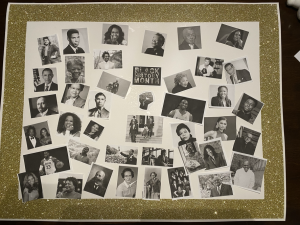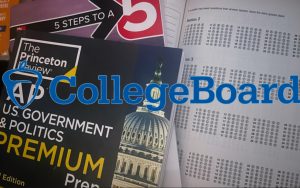Two Stories – One History
African American/Black and Puerto Rican/Latinx History Class
November 22, 2022
According to the Merriam-Webster dictionary, to lie is to create a false or misleading impression.
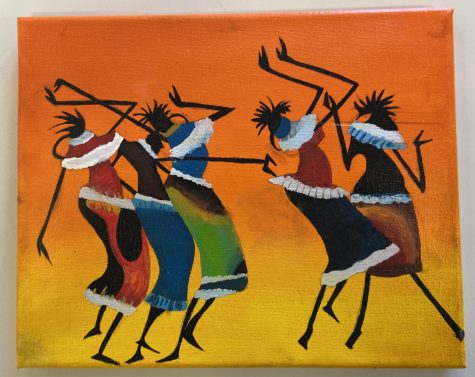
Starting in the 1600s, hundreds of African villages were raided by Europeans eager for conquest and labor. Africans were rounded up and shipped like chattel across the Atlantic Ocean to a foreign land. There, they were enslaved by White masters who forced them to do backbreaking work. Families were split up: husbands from wives, parents from children, brothers from sisters. In 1865, slavery was abolished in the United States, largely as a result of the leadership of President Abraham Lincoln.
Black people struggled to gain their footing in a new society free of slavery. They continued to be oppressed by Black codes restricting their rights to vote and Jim Crow laws enforcing segregation in public accommodations like restaurants and schools. Even today, after measures have been taken to eliminate segregation and give Black people rights, race plays a huge role in disparities between socioeconomic classes. The quality of school education and healthcare in predominantly Black and Latinx communities is much worse than the quality for people living in predominantly White communities.
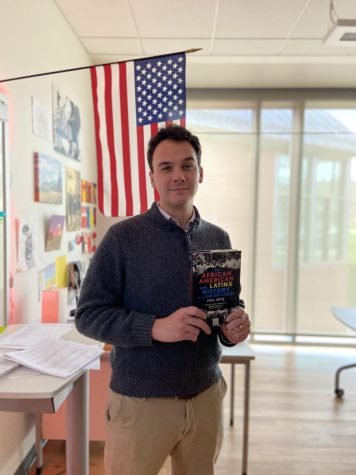
The story we have been told as American public school students focuses on the oppression of Black and Latinx people in the United States, which, while necessary in creating awareness, does not highlight the accomplishments of these communities. If we go along with the definition provided by the Merriam-Webster dictionary, this story is a lie. In Morgan’s first year of its new course, African American/Black and Puerto Rican/Latinx History, taught by social studies teacher Max Ames, students learn about race and history in the United States from a new perspective.
The first semester takes on Black and African history, starting from the origin of Homo sapiens as we know it, going through the ancient African civilizations, and covering the transatlantic slave trade and its effects. Students are currently learning about the Civil War and whether Black people were fully “free” in the years following emancipation, especially during the immediate aftermath known as Reconstruction.
Students learn about the five themes of slavery – dehumanization, treatment of the enslaved people, paternalism, the economics of slavery, and agency and resistance – with a focus on agency and resistance. Examples include the feats of ancient civilizations like Egypt and Carthage, the success of the Haitian Revolution resulting in the establishment of the first Black republic, and the groundbreaking information collected by Black enslaved people serving as spies for the Union in the Civil War.

Senior Abel Rodriguez shared his surprise upon learning that President Abraham Lincoln, whom students have learned about in a heroic light until now, was not as perfect as he is made to be. “We paint people in a light that is maybe not so deserving,” said Abel. In contrast, this class provides new perspectives with sources that highlight the agency of Black people in the face of their oppression. Given the opportunity to make their own interpretations of the history, Abel mused, students made more “original” and “grounded” opinions.
Mr. Ames reflected on how much he has learned from the class since volunteering to teach it. At first, he was nervous because he foresaw students feeling hesitant to talk about uncomfortable topics in a public forum. He described his approach as a “shifting paradigm” in that he goes into everything hoping he was wrong about something. “It’s made me become very conscious about the role of my own perspective in the history that I’m teaching,” he said. “It’s a course that teaches you to look for and do away with misconceptions.”
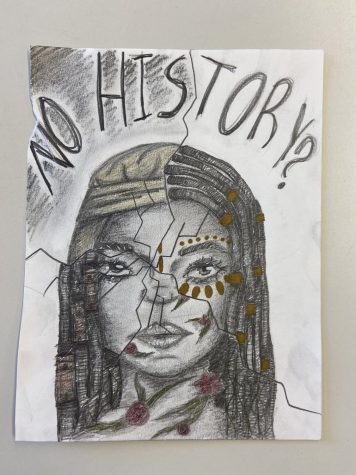
Concluded Abel, “We’re getting a side of history that our middle school selves never really got to see.” Simply put, Mr. Ames said that the class asks the question: Is there a different side?



